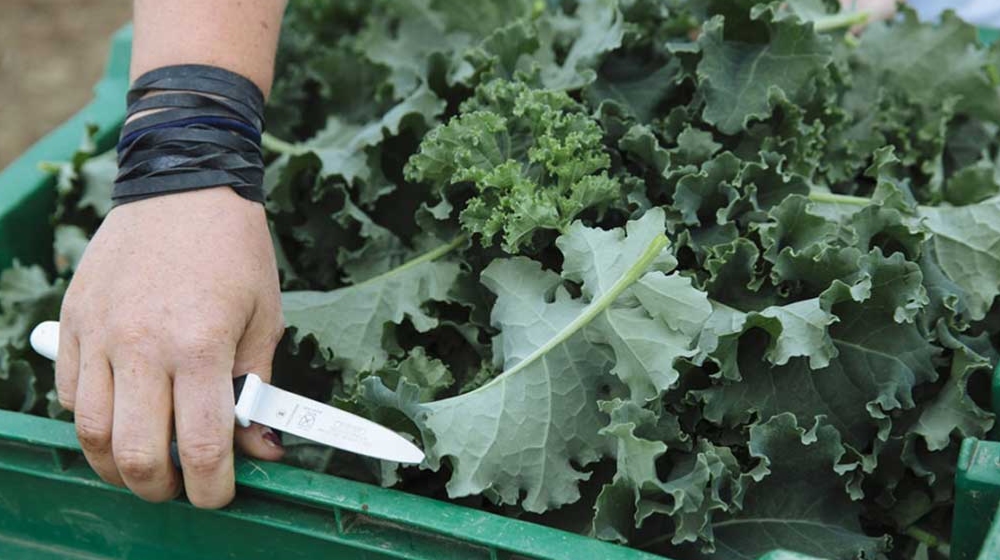Sixty percent of global consumers cite sustainability and social responsibility as essential considerations when choosing which products to buy. They look to their preferred food brands to make the best decisions, but are those companies looking out for their consumers’ best interest? The answer varies from company to company.
Visibility is crucial to the supply chains of food brands. Consumers need to be able to engage them about what they do, how they do it, and why they make the decisions that they do. Over the last decade, buyers have made it clear that they prefer patronizing companies that shares their values.
According to research, 94% of consumers are more likely to be loyal to a brand that offers complete supply-chain transparency, while 39% say they’re willing to switch to a more transparent brand. For many companies, lack of transparency results in a lack of trust on the part of buyers. As a result, some large brands have sought to implement tracking and tracing for every activity across their supply chains.
Blockchain has become a critical tool for tracking each element that goes into a processed food item throughout its journey, from inception to consumption. It allows 100% transparency through real-time visibility. This increased level of knowledge helps customers make educated decisions about the brands they choose.
Enhancing traceability in the food supply chain can also help check the spread of foodborne illnesses. The ability to track a disease back to its source, identify any items that might have been contaminated, and swiftly remove them from store shelves and restaurants can save lives and money.
The numbers linked to food losses and recalls are staggering. A single recall in 2008 cost food companies $500 million in settlements. And in 2010, there were $161 billion worth of losses due to food waste. But precise track-and-trace processes employing blockchain can cut down and potentially eliminate waste and recalls, ensuring safe and proper supply-chain operations, timely deliveries, and advance disposal of contaminated food batches.
Currently there’s a focus by consumers on buying food products that were made with sustainably sourced ingredients. They may also be concerned about the distance that the product has covered from manufacturing to the grocery store, impacting its carbon footprint. Some buyers will opt instead for products from a local butcher, farm or farmer’s market.
Another significant determining factor is whether the ingredients have been produced using practices beneficial to the environment. Is the company engaged in ethical sourcing and compliance, or is it skirting the rules and regulations? Brands that can’t answer that question aren’t listening to their consumers’ concerns, now and in the future.
The results of increased transparency, particularly for the food supply chain, will enable sustainable brands to set themselves apart from less responsible producers for years to come. CEOs who embrace the transition to progressive and innovative techniques will create a loyal following and build stronger brands.
Saptarshi Choudhury is Director of Emerging Technologies at Paramount Software Solutions’ Farm to Plate.
